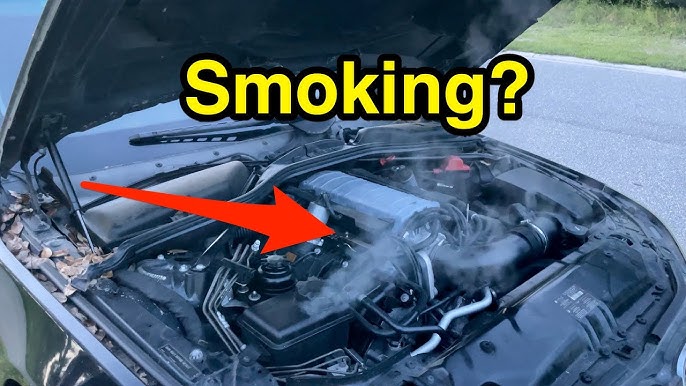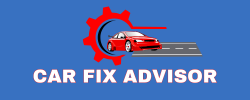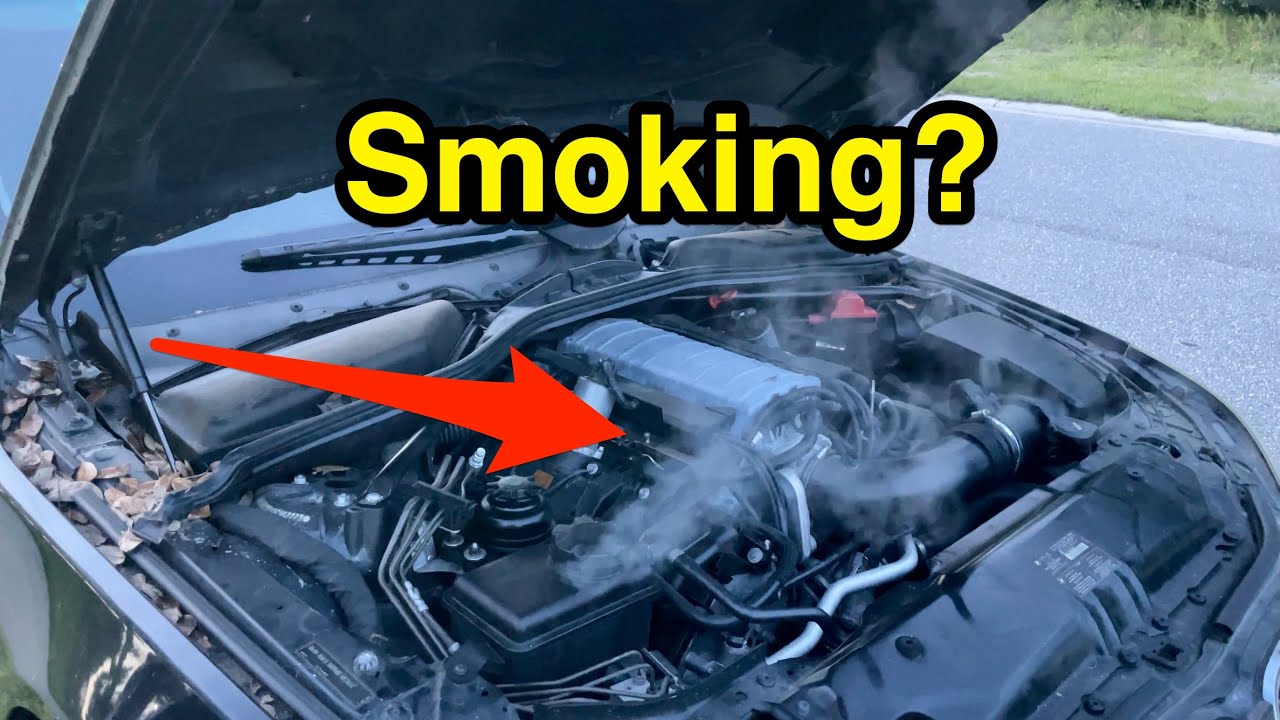Seeing smoke under your hood can be alarming. It often signals a coolant leak.
A coolant leak can happen for many reasons. These include a damaged hose or a failing radiator. When coolant leaks onto hot engine parts, it creates smoke. This smoke can signal a serious problem. Ignoring it can lead to engine damage.
You need to address this issue quickly. Understanding the common causes can help you act fast. This blog will guide you through the signs, causes, and solutions. Stay tuned to learn what to look for and how to fix it.
Identifying Coolant Leak Smoke
White smoke coming from under the hood is a common sign. Low coolant levels can also indicate a leak. Overheating engine is another clue. Sweet smell might be present. Visible puddles under the car can be a sign. Steam from the radiator is a warning. Dashboard warning lights might come on. Bubbling noise could be heard. Wet spots under the hood are a clue. Constant refilling of coolant is a problem.
| Cause | Description |
|---|---|
| Cracked Radiator | A crack can cause coolant to leak. |
| Damaged Hose | A worn-out hose may leak. |
| Faulty Water Pump | The pump may fail and leak coolant. |
| Broken Head Gasket | This can lead to coolant mixing with oil. |
| Loose Clamps | Clamps may loosen and leak coolant. |
Immediate Actions To Take
Turn off your car engine. Move away from the vehicle. Avoid opening the hood if you see smoke. Wait for the engine to cool. Keep a safe distance from the car. Do not touch hot engine parts. Ensure you are in a safe location.
Check for visible coolant leaks. Look for puddles under the car. Inspect coolant levels in the reservoir. Identify the source of the smoke. It could be leaking coolant. Check hoses and connections. Ensure no breaks or loose parts.
Temporary Fixes
Sealants can help stop leaks fast. Pour the sealant into the radiator. Start the engine and let it run. The sealant will find the leak. It will then seal the hole. This is not a permanent fix. It may hold for a while.
Patches can also help. Use a patch kit from the store. Clean the area around the leak. Apply the patch as directed. This will hold until you can get a better fix. Always check the coolant level after repairing. Refill if needed.

Credit: www.youtube.com
Permanent Repair Solutions
Old hoses can crack and cause leaks. Changing these hoses is simple. Cut the old hose and remove it. Fit a new hose in its place. Ensure the hose is tight and secure. This prevents future leaks.
Radiators can rust and leak over time. Small leaks can be sealed with special liquid. For big leaks, replace the radiator. Always check connections. Tighten them well to avoid leaks.
Tools And Materials Needed
You need a few basic tools. These include a wrench set, screwdrivers, and pliers. You also need a flashlight. A mechanic’s gloves are useful. A coolant pressure tester helps. Don’t forget a funnel. A catch pan is important.
You need some materials. Fresh coolant is necessary. Get a coolant sealant too. Have some rags ready. You need a hose clamp. A bucket is helpful. Have some soap and water. Clean towels are useful.

Credit: tracystirepros.com
Preventive Maintenance Tips
Check under the hood often. Look for any signs of leaks. Inspect hoses for cracks or wear. Examine the radiator for damage. Ensure clamps are tight. Watch for steam or smoke. Listen for unusual sounds. Smell for a sweet scent. It could mean a coolant leak. Early detection is key. Prevent costly repairs.
Check coolant levels regularly. Use the dipstick if your car has one. Top up if levels are low. Use the right coolant for your car. Mix coolant with water in the right ratio. Check for leaks if levels drop fast. Inspect coolant color. It should be clean and bright. Dirty coolant may need a flush. Monitor the temperature gauge while driving. Overheating can signal a coolant issue. Keep an eye on the dashboard warning lights.
Professional Help
Coolant leaks can cause serious engine damage. Smoke under the hood is a warning sign. Consult a mechanic if you see smoke. Do not ignore this issue. It could lead to expensive repairs. Regular maintenance can prevent this problem. Experienced mechanics can quickly find the leak. They have the right tools and knowledge. Safety first: avoid opening the hood if it’s hot. Leave it to professionals for your peace of mind.
Ask for recommendations from friends and family. Check online reviews for local mechanics. Compare prices and services offered. Look for certifications and experience. A good reputation is important. Customer feedback can guide your choice. Visit the shop and talk to the mechanics. Trust your instincts. A clean, organized shop is a good sign. Reliable services keep your car in top shape.
Cost Considerations
Repair costs for a coolant leak can vary. It depends on the damage. Small leaks might cost less. Large leaks can be expensive. Parts and labor add to the cost. Always get a repair estimate first. This helps you budget better.
Choose budget-friendly repair options. Ask for used or aftermarket parts. These are often cheaper. DIY repairs can save money. Only if you have the skills. Always compare repair shop prices. Look for discounts or coupons. Saving money is possible with careful planning.

Credit: www.greatwater360autocare.com
Frequently Asked Questions
Why Is Smoke Coming Out Of My Hood Coolant Leak?
Smoke from your hood may indicate a coolant leak. The coolant can hit hot engine parts, causing smoke.
Can You Drive With Coolant Smoking?
No, you should not drive with coolant smoking. This indicates an engine problem, which can cause severe damage.
Can Low Coolant Make Your Car Smoke?
Yes, low coolant can cause your car to overheat, leading to engine smoke. Refill coolant immediately to prevent damage.
Why Is My Car Smoking Under The Hood But Not Overheating?
Your car might be smoking due to oil leaks, coolant leaks, or electrical issues. Check for any fluid leaks and inspect wiring.
Conclusion
Dealing with a coolant leak is important for your car’s health. Ignoring it can lead to bigger issues. Check for smoke under the hood regularly. Fixing leaks early saves money and stress. A well-maintained car runs smoothly. Keep an eye out for signs and act quickly.
Your car will thank you. Stay safe on the road.

